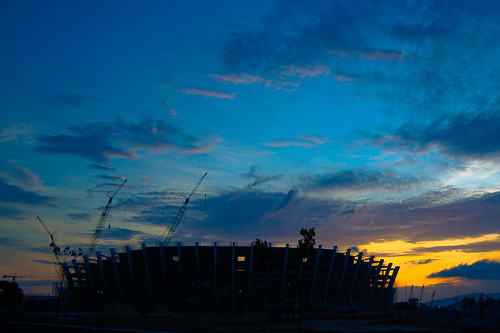Lens Contrast (Part 2)
Taken with a Nikon D50 and AF Zoom-Nikkor 70-300mm f/4-5.6G lens
You can have a lens of very low contrast that can be made to transmit the same overall range of light to dark or white to black as one with high contrast. It will just show much less micro detail in the scene, and look relatively muddy and lifeless. Some pictorialist-era pictures actually have a full range of tones from white to black but show (by design) exceptionally low degrees of what we would call lens contrast. Low lens contrast is also created when you put a "softening" filter on a lens you can still print the picture with an overall contrast from pure white to maximum black, but the microcontrast will be severely curtailed.
Savants talk about resolution and contrast being the same thing. Ultimately, they do go hand-in-hand, because you can't distinguish contrast without resolution and you can't distinguish resolution without contrast. But this is for very fine detail, in the range of 30-40 lp/mm or even greater frequencies ("frequency" in this sense refers to the spacing of the equal black and white lines used to determine lp/mm and MTF), which the eye generally canþt see in prints and slides (although Ctein thinks we "sense" it in terms of a subjective sense of richness in gradation).
Labels: AF-S Zoom-Nikkor ED 18-55mm f/3.5-5.6G DX, Landscape, Nikon D50, Photography
